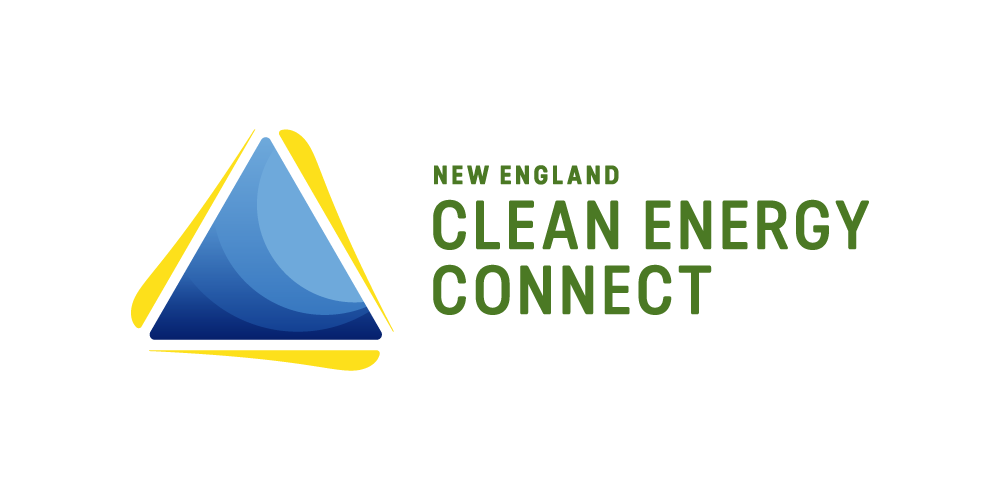We hope you and your loved ones had a happy and safe holiday season. We would like to take a moment to look back at what an extraordinary year it has been for the New England Clean Energy Connect.
LOOKING BACK
In 2020, the Clean Energy Corridor met several significant milestones as we prepare for construction to begin.
Permits
Final permits were granted for the project by the Maine Public Utilities Commission, the Maine Land Use Planning Commission, the Maine Department of Environmental Protection, and the Army Corps of Engineers. Having these permits secured allows us to begin construction on the corridor in Maine. The Presidential permit is the final piece of the puzzle. This will allow construction to cross over the border into Québec. We hope to have this permit in place in the coming weeks.
Positive economic impacts
More than $320 million in contracts in connection with the project were awarded this year. Seven Maine companies split $20 million in matting contracts. These mats provide protection to the ground as vehicles travel to and from areas of construction, mitigating earth impacts. Other contracts totaling $300 million were awarded to companies building and upgrading the line that will run from Québec to Lewiston. As promised, qualified Mainers are being giving preference to fill the jobs created by the project before all other applicants. Both union and non-union labor will be working on the corridor, with most of the union labor being represented by IBEW Local 104.
Clean energy for Mainers...now with a savings
This July Governor Mills signed a deal with Hydro-Québec that ensures Mainers will reap the benefits of the power generated by the NECEC. Under the agreement, Hydro-Québec will provide up to 500,000 megawatt hours of electricity a year to Maine based on a 1,200-megawatt capacity of the proposed New England Clean Energy Connect. “I have heard people say that the NECEC will deliver power directly to Massachusetts but not to Maine,” Governor Mills said. “With this new commitment, we ensure that Maine consumers access power directly from the line at a discounted price.” Hydro-Québec also pledged to speed up disbursement of about $170 million in benefits for the state that were already promised in a deal with the state last year, including ratepayer relief and incentives for broadband expansion, electric vehicle charging stations and heat pumps.
THE FOSSIL-FUEL FUNDED OPPOSITION MARCHES ON
Despite the landmark positive developments of the past year, the opponents of the NECEC continue their relentless attempts to derail the project, even though every legal hurdle they have created has been rebuffed by the courts. Their latest efforts include a challenge to the permit granted by the Army Corps and another effort to block construction through a referendum. This is their second attempt to use the referendum process to achieve defeat of the NECEC. Earlier this year, the Maine Supreme Court ruled a referendum scheduled to appear on the November ballot was unconstitutional. These efforts are funded by out-of-state oil companies, such as NextEra, who care more about their market share in Maine and New England than they do about Maine’s environment. It is attacks on the project such as these that make your support for the NECEC more critical than ever.
CLEARING THE AIR
Our weekly online documentary “Clearing the Air” has taken our cameras to many parts of Maine to capture the compelling stories of Mainers working on the Clean Energy Corridor. We have had a wonderful time featuring these fine people, such as project manager Nick Achorn, who was able to return to Maine with his wife and two children thanks to the work provided by the NECEC. Health and safety manager Rob Deelsnyder also fulfilled his lifelong dream of moving to Maine with his family as a result of his work with the New England Clean Energy Connect.
More recently, we dispelled the opposition’s myth that the new section of corridor will run through a pristine forest. We visited with a Maine forestry industry expert with more than forty years of experience who, by looking at aerial video of the corridor line, pointed out various logging roads, skitter roads, and clearcuts already present, confirming the acreage is a working forest that has been logged for more than a century.
In total, we have now produced 27 episodes of Clearing the Air. You can find every episode here.
THANK YOU!
All of us working on the New England Clean Energy Connect are incredibly thankful for your continued support.
If you would like more information about the project, visit our website www.necleanenergyconnect.org.
Have a safe and happy holiday season as we look forward to more progress for Maine’s environment in 2021!
Take care,
Thorn Dickinson

